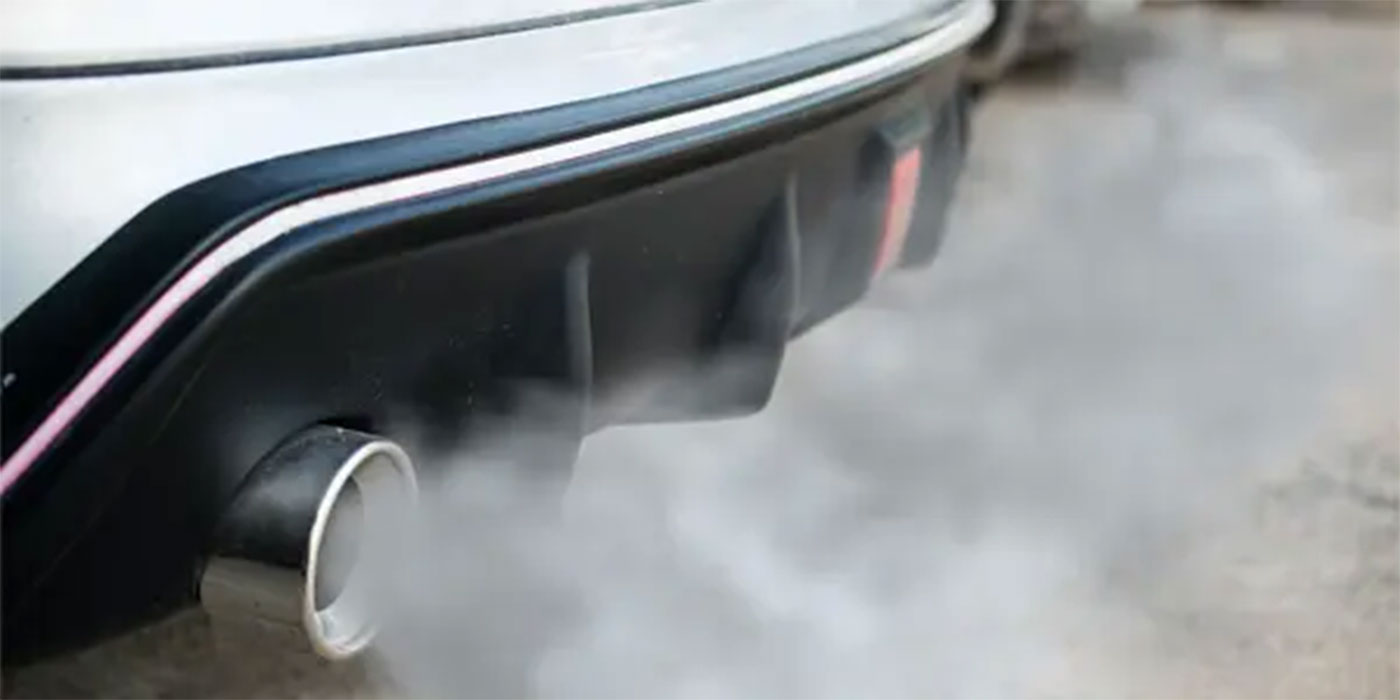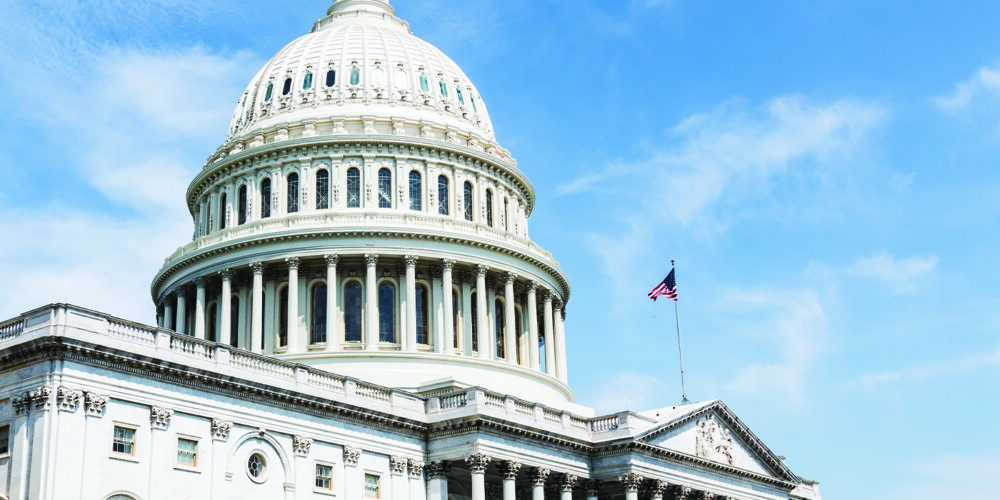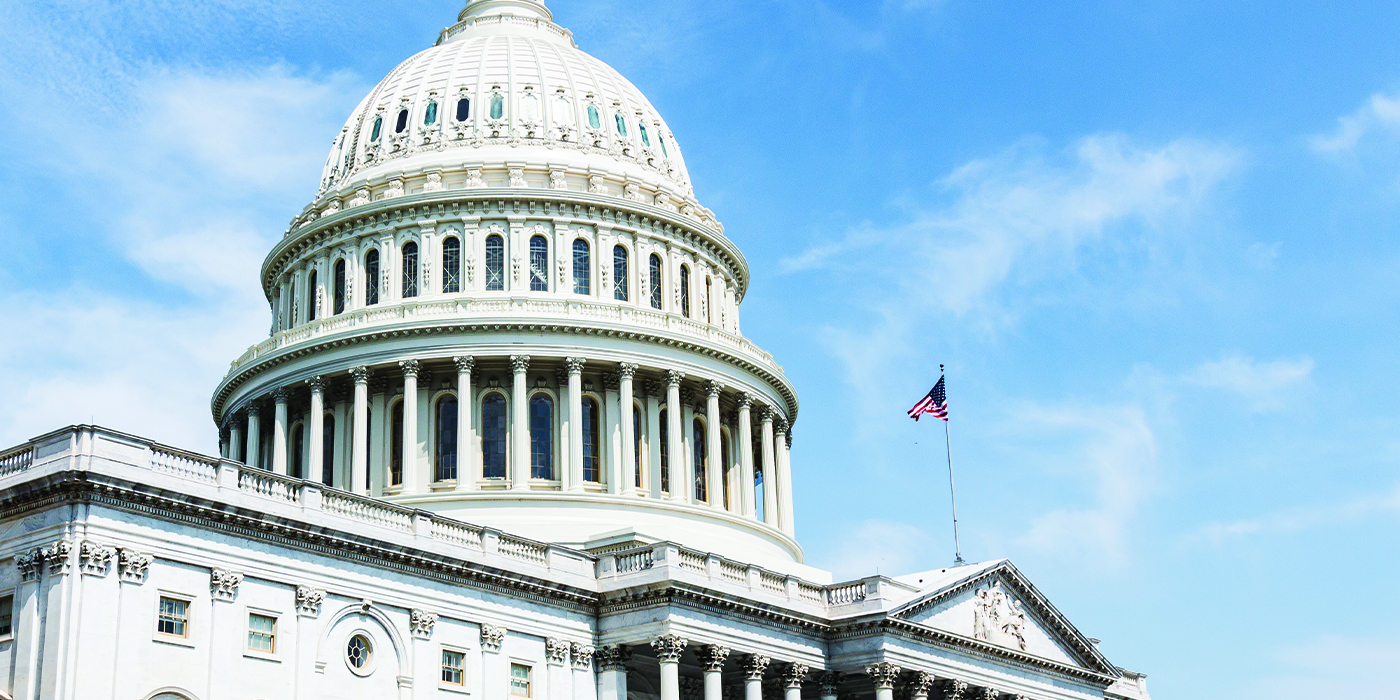WASHINGTON, DC — With the end of Daylight Saving Time and the approach of winter in North America, nighttime arrives earlier each day. This natural occurrence — combined with the U.S. Congress’ newest directive to NHTSA to more closely study reducing pedestrian fatalities — has put nighttime driving issues in the spotlight.
Each year approximately 5,000 pedestrians (which includes bicyclists) are killed along U.S. roads – 65 percent of them occurring at night — and another 70,000 pedestrians are injured in traffic crashes, according to a 2003 NHTSA report. On average, a pedestrian is killed in a traffic crash every 111 minutes.
New automotive lighting technologies, including Xenon and Adaptive Front Lighting Systems, can help improve nighttime pedestrian safety, according to the Motor Vehicle Lighting Council (MVLC). The MVLC is a coalition of the leading global automotive lighting manufacturers and related education and research institutions who are committed to bringing new lighting advancements to the market in order to increase the performance and safety benefits of today’s and tomorrow’s cars and trucks.
According to senior researcher Michael Flannagan of the University of Michigan’s Transportation Research Institute (UMTRI), drivers “over-drive” the headlights on many of today’s vehicles. UMTRI has produced 107 reports involving headlights since 1969, and developed the four main test points for current U.S. standards of low-beam patterns.
“The critical safety need in low-beam lighting is seeing distance,” Flannagan said. “Everyday experience as well as our formal analyses of crash data reveal that today’s drivers routinely ‘over-drive’ their headlight beam pattern at night. The maximum safe speed with today’s average low beams is only about 45 mph. Our studies of natural light and crash risk indicate there is a major safety problem that headlights could address.”
One possible solution is Xenon headlights, also known as High Intensity Discharge or HID. Based on a gas discharge process, Xenon uses an arc instead of a filament as a light source. The result is enhanced roadway vision by increasing the light output to the sides of the road.
Flannagan said that a 2004 UMTRI test revealed that at two key test points, Xenon headlamps provided 45 percent more light for seeing critical objects on the road, yet despite common perceptions to the contrary produced 25 percent less glare light. The wider beam coverage also provides better lighting on road shoulders where pedestrians and bicyclists are commonly found.
“Some characteristics of Xenon light affect the subjective visual comfort from person to person differently, therefore many people have complained that it causes more glare for oncoming traffic,” Flannagan said. “But our testing shows that it does not reduce objective ability to see clearly.”
A total of 116 vehicle models equipped with Xenon headlights are being sold in North America in the 2005 model year – up 21 percent from 96 models in 2004. In a survey conducted by Harris Interactive, a market research firm based in Rochester, NY, Xenon headlights ranked No. 2 on a list of top 10 automotive technologies consumers would like to purchase for their next vehicle.
Another emerging headlight technology is AFS or Adaptive Front Lighting Systems, which provides optimal illumination in various driving conditions by automatically modifying the beam pattern of the headlights in response to various speed, weather conditions and road situations (i.e. town, country or freeway). The headlamps automatically move as the steering wheel is turned to the right or left. This helps illuminate the road at an earlier stage, allowing the driver more time to adjust and steer or brake as needed.
Another variable is the age of the driver; as the eye ages, it also changes. Many people will experience reduced visual activity due to cataracts or other aging-related changes. Philip Hessburg, MD, president of the Detroit Institute of Ophthalmology, said global data on visual impairment indicates almost all adults will eventually have cataracts.
“Because cataract is a clouding of the normal lens in the eye, many people also have difficulty with daytime driving,” Hessburg said. “People with cataracts at any age will often have greater difficulty driving at night. I believe vehicle-related deaths will be greatly reduced with more effective headlamps, better roadway illumination and by cataract surgery when needed,” he said.
For more information, go to: www.mvlc.info .
_______________________________________
Click here to view the rest of today’s headlines.










